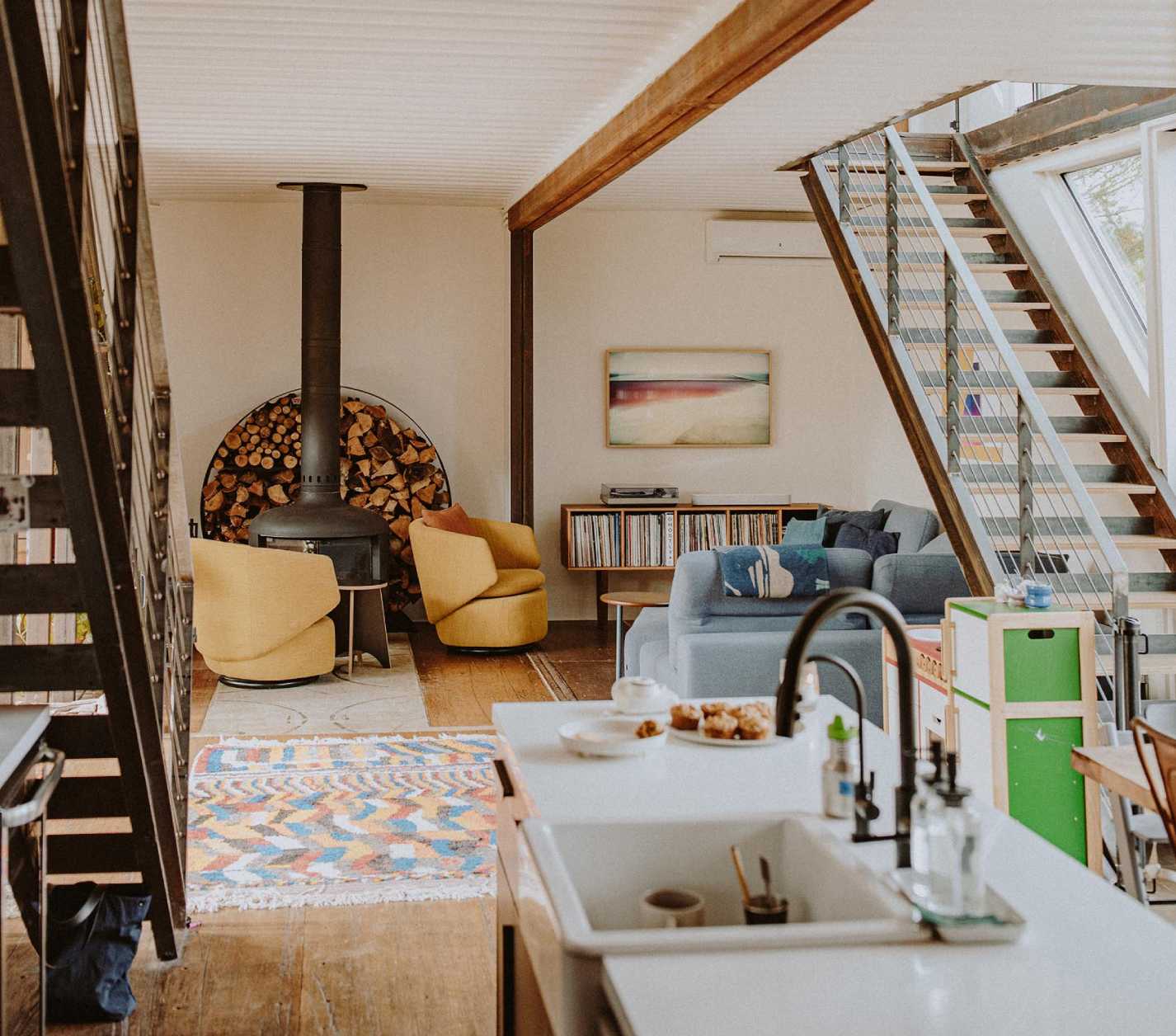Author: Hulon E. Crayton II
Date: July 6, 2023
Weaving Sustainability into the Fabric of Construction
In an era increasingly defined by environmental consciousness, the construction industry faces a critical challenge: its significant contribution to resource depletion and landfill waste. Traditional building methods often rely heavily on virgin materials, demanding energy-intensive extraction and manufacturing processes. However, a powerful and inspiring alternative is gaining momentum – the use of recycled and reclaimed materials. This approach not only dramatically reduces a project's environmental footprint but can also imbue buildings with unique character, history, and soul.
The environmental imperative for embracing sustainable building materials is undeniable. Every ton of construction and demolition debris diverted from landfills saves precious space and prevents the potential leaching of harmful substances into the soil and water. Furthermore, using recycled or reclaimed materials significantly lowers a building's embodied energy – the total energy consumed during material extraction, manufacturing, transport, and construction. By choosing salvaged timber over newly harvested wood, or incorporating recycled metal instead of smelted ore, we directly reduce greenhouse gas emissions, conserve natural resources like forests and minerals, and lessen the overall strain on planetary ecosystems.

Opting for recycled and reclaimed materials offers benefits beyond environmental stewardship. It can sometimes lead to cost savings, particularly if sourced cleverly from deconstruction projects or reuse centers. More profoundly, these materials bring a unique aesthetic and narrative to a build. Weathered barn wood tells a story of decades past, salvaged fixtures add vintage charm, and repurposed industrial components lend an edgy, distinctive character unattainable with brand-new items. This approach fosters creativity and connects the new structure to a lineage of use and reuse.
"Sustainability isn’t about giving things up—it’s about gaining better things. A tiny house can offer freedom, focus, and a smaller ecological footprint."
Colin Beavan
Author of No Impact Man
Fortunately, the resources for sourcing these materials are growing. Non-profit organizations like Habitat for Humanity ReStores are invaluable hubs, accepting donations of used building materials, furniture, and appliances and selling them at low cost to fund their housing projects. They are fantastic sources for doors, windows, cabinetry, lighting fixtures, tiles, and sometimes even lumber. Similarly, organizations like The Loading Dock in Baltimore or members of the Build Reuse network operate large warehouses dedicated to diverting usable materials from landfills and making them available to the public, often at significant savings. Local community reuse centers and even online marketplaces or classifieds can also yield hidden gems.
For those seeking specific or higher-end reclaimed items, dedicated architectural salvage yards and specialized suppliers offer curated selections. Companies like Olde Good Things operate nationally, providing a vast inventory of salvaged architectural elements from historic buildings – think ornate mantels, unique hardware, vintage lighting, and structural timbers. Businesses such as Pioneer Millworks or TerraMai specialize in sourcing and milling high-quality reclaimed wood from old barns, factories, and other structures, offering premium flooring, paneling, and beams with rich patinas and histories. While these sources typically involve higher costs than non-profits, they provide vetted, quality materials ready for integration into demanding designs.
It's important to recognize that committing to using recycled and reclaimed materials isn't an all-or-nothing proposition. While aiming for maximum reuse is commendable, integrating even a few key salvaged elements can significantly enhance a project's sustainability profile and character. Perhaps reclaimed timber is used for feature beams, salvaged doors add interior charm, or countertops are crafted from recycled glass. The key is conscious consideration – evaluating where recycled or reclaimed options are feasible, desirable, and align with the project's goals and budget. It's a valuable tool in the sustainable building toolkit, not necessarily an obligatory mandate for every single component.
Incorporating these materials does require careful planning and sometimes extra effort. Sourcing can take time, materials may need cleaning or refinishing, and ensuring compatibility and code compliance is essential. This is where expertise becomes invaluable. Container Home Developers understands the unique opportunities and challenges presented by recycled and reclaimed materials. We can help clients navigate the sourcing process, identify suitable materials that align with their design vision and structural needs, assess material quality and suitability, and seamlessly integrate these sustainable elements into the overall construction plan, adding character and environmental responsibility to your unique container project.
Get Started
Don't overlook the opportunity to build more sustainably and infuse your project with unique character – start exploring recycled and reclaimed materials today. The advantages of reducing your environmental impact – minimizing waste, lowering embodied energy, and adding historical charm – are readily available for your container build. Partnering with Container Home Developers streamlines this process by leveraging our expertise in navigating the world of salvaged goods. We guide you through identifying suitable materials, from reclaimed wood to vintage fixtures, assess their viability, and seamlessly integrate them into your design, ensuring a project that's both eco-conscious and rich with personality. Let us help you explore these sustainable options and create a container space that truly stands out.
Ready to weave sustainability and character into your container build? Take the first step today. Contact Container Home Developers to discuss incorporating recycled and reclaimed materials into your vision. Fill out our online inquiry form, and let's begin sourcing unique elements and designing a responsible, distinctive space together, starting now.
Tags:
Tiny House,
Real Estate,
Realty,
Construction,
Minimal Living,
Architecture,
Sustainable,
Sustainability,
Recycling,
Reclaimed,
Eco,
Ecological,
Ecosystems,
Eco-Friendly,
Eco-Living,
Environmentally Friendly,
Environment,
Mother Earth